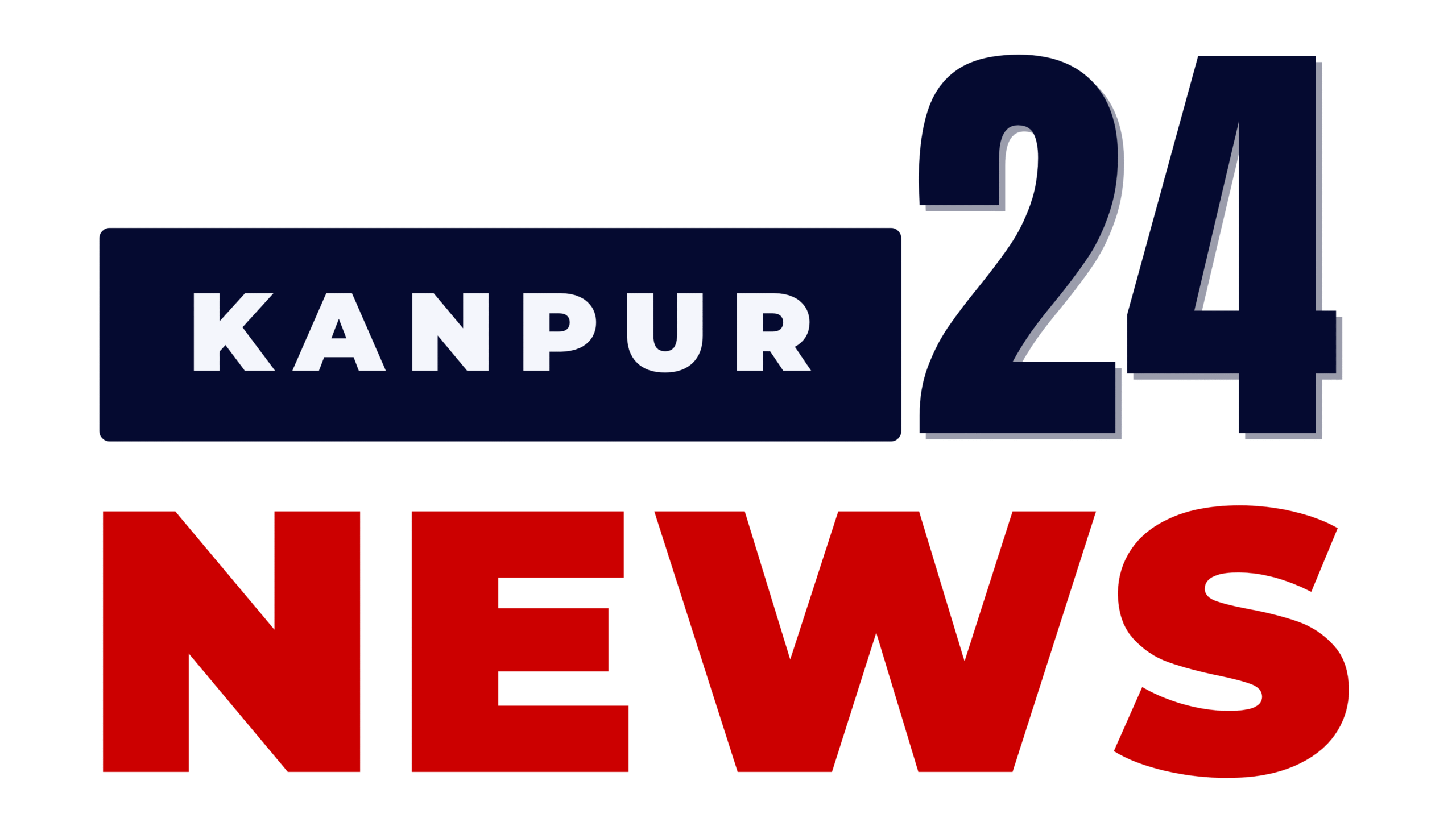Views: 57
Why in the News ?
Kerala will officially be declared free from extreme poverty on November 1, 2025, coinciding with the State’s Formation Day. This marks a historic national first in poverty eradication, making Kerala the only state in India to meet the UN Sustainable Development Goal (SDG) 1 target-“No Poverty”-well before 2030.
The term “Free of Extreme Poverty” means that no individual or family in a region lives below the internationally defined extreme poverty line- that is, no one is unable to meet their minimum basic needs, such as food, shelter, clothing, healthcare, and education.
Definition
According to the World Bank, extreme poverty is defined as living on less than $2.15 per person per day (2017 Purchasing Power Parity – PPP).
- It measures absolute deprivation, not inequality.
- In 2025, this threshold was updated to $3/day (PPP 2021) to reflect rising living costs.
So when a state or country is declared “free of extreme poverty,” it means:
- Every person earns (or has access to) resources above this minimum threshold, ensuring basic human survival needs are met.
Components of Extreme Poverty
- Extreme poverty is not just about low income; it reflects multiple deprivations, such as:
- Food insecurity (inability to afford sufficient nutrition)
- Lack of safe housing or homelessness
- No access to clean water or sanitation
Limited healthcare or education
Social exclusion and lack of livelihood opportunities
Measurement Basis
- PPP (Purchasing Power Parity): Adjusts income levels to reflect cost-of-living differences across countries.
- Household Consumption Expenditure Surveys (HCES): Used to estimate actual spending and consumption, a proxy for income.
- Multidimensional Indicators: Increasingly, governments also use education, health, and living standards data (similar to the Global Multidimensional Poverty Index, or MPI).
Kerala’s Context
When Kerala is declared “Free of Extreme Poverty,” it means:
- No family in the state lives below the international extreme poverty line.
- The state government’s Extreme Poverty Eradication Programme (2021–2025) has ensured access to food, housing, healthcare, and livelihoods for all identified poor households.
Background
- Definition: The World Bank defines extreme poverty as living on less than $2.15 per day (2017 PPP), which represents absolute deprivation.
- Updated Benchmark (2025): The World Bank revised this threshold to $3/day (PPP 2021) to reflect inflation and rising living costs in low-income countries.
- Measurement Tools: Extreme poverty is measured using Purchasing Power Parity (PPP) and Household Consumption Expenditure Survey (HCES) data.
India’s Progress:
- India’s extreme poverty rate fell from 27.1% (2011–12) to 5.3% (2022–23), one of the fastest declines globally.
- Nearly 270 million people were lifted out of extreme poverty, driven by welfare expansion, rural employment, and redistribution schemes like MGNREGA, PMAY, NFSA, and Ayushman Bharat
Feature: Kerala’s Achievement
Milestone
- Kerala becomes the first Indian state to eradicate extreme poverty.
- The Extreme Poverty Eradication Programme was launched in 2021 as an early initiative of the Left Democratic Front (LDF) government.
Implementation Framework
- Identification: 64,006 families were identified as extremely poor based on multidimensional indicators (housing, health, livelihood, education).
- Achievement:
- 59,277 families have been uplifted above the extreme poverty threshold.
- 3,913 houses constructed and 1,338 landless families allotted land.
- 5,651 houses repaired with up to ₹2 lakh support.
- 21,263 people received essential documents such as Aadhaar and ration cards.
Administrative Model
- Micro Plans: Each family received a personalised development plan integrating all available state and central schemes.
- Technology Integration: Geo-tagged verification, social audits, and real-time monitoring ensured transparency.
- Local Governance: Panchayats and municipalities, cutting across party lines, collaborated with Kudumbashree and NGOs to ensure last-mile delivery.
Outcome
- Kerala has achieved 0% extreme poverty, setting a national precedent in poverty eradication.
- The model reinforces Kerala’s legacy in human development, already leading in literacy, health, and social justice indices.
Challenges
Sustainability of Gains:
- Maintaining a zero poverty status requires continuous income support, especially for vulnerable groups such as the elderly, the disabled, and single women.
Multidimensional Poverty:
- While extreme poverty is eliminated, relative poverty and inequality remain challenges due to rising costs and informal employment.
Fiscal Constraints:
- Welfare-heavy programmes may strain Kerala’s fiscal capacity amid limited tax revenue and high public debt.
Migration and New Vulnerabilities:
- Influx of migrant workers and urban poverty could reintroduce deprivation if not continually addressed.
Health and Climate Risks:
- Frequent floods, pandemics, and lifestyle diseases threaten household resilience and income stability.
Way Forward
Institutionalising a Monitoring Framework:
- Regular audits and Poverty Vigilance Committees to track re-emergence of vulnerable households.
Diversifying Livelihoods:
- Skill-based employment, social enterprises, and green jobs under Kudumbashree and Start-up Mission.
Fiscal Reforms:
- Strengthen resource mobilisation through local revenue and cooperative financing.
Inclusive Urban Strategy:
- Extend the poverty-free initiative to urban migrants and informal sector workers.
Replication Across India:
- The Kerala Model can guide national strategies for targeted, data-driven poverty eradication through the convergence of welfare schemes and local governance.
Conclusion
Kerala’s declaration as India’s first ‘Extreme Poverty-Free’ State is not merely a welfare milestone but a symbol of rights-based governance and inclusive development. It reflects how a human-centric policy ecosystem, powered by decentralisation and social participation, can achieve what global frameworks envision.











